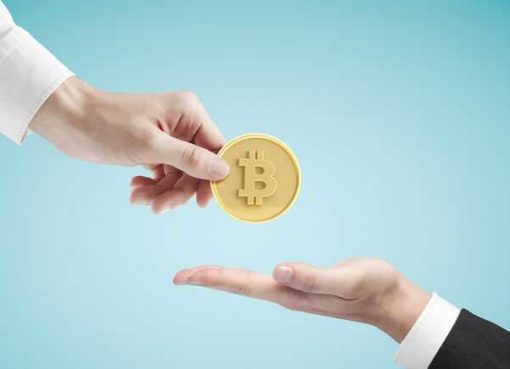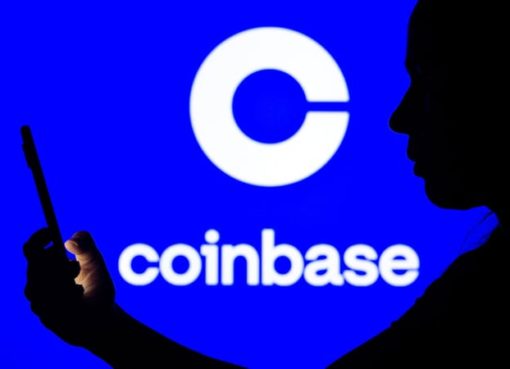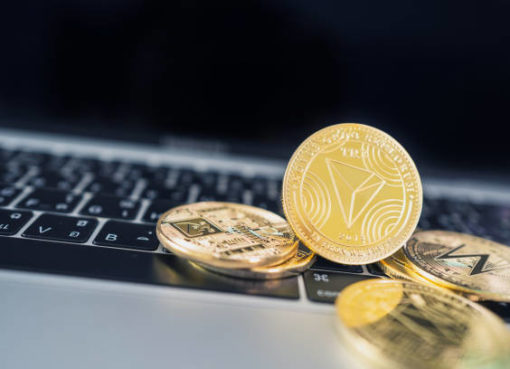The BNB crypto (BNBUSD), native to the Binance ecosystem, has re-entered the spotlight in 2025. Following a muted 2024 performance, BNB has finally edged out a new all-time high — but it still trails behind major peers like Bitcoin (BTCUSD) and Ethereum (ETHUSD). Now investors are asking: is BNB crypto a smart buy at these elevated levels, or is it safer to wait for a pullback?
What Is BNB Crypto?
BNB is the utility token powering the Binance Smart Chain and Binance Exchange, the largest crypto exchange by volume worldwide. It’s one of the few tokens in the digital asset space with true utility: it’s used for trading fee discounts, transaction fees, smart contracts, and more.
As the Binance ecosystem expands, BNB crypto continues to play a central role in powering that growth. Despite this, its price action in 2024 remained relatively subdued, delivering only modest returns as Bitcoin soared ahead.
Year-to-date, Bitcoin is up 25%, Ethereum 20%, and BNB lags with an 11% gain — until now.
BNB Gets a Boost From Corporate Adoption
One of the biggest catalysts for BNB crypto recently was the unexpected pivot by CEA Industries. The Nasdaq-listed firm (formerly trading under ticker VAPE) announced it would rebrand to BNB Network Company (BNC) and center its corporate treasury strategy around holding BNB.
The company secured a $500 million private placement to support this strategy, attracting heavyweight investors like Pantera Capital, Arche Capital, Exodus Point, and Blockchain.com. Cantor Fitzgerald acted as the lead financial advisor and placement agent.
This move positions the newly named BNB Network Company as a corporate giant among BNB holders — comparable to MicroStrategy’s (NASDAQ:MSTR) Bitcoin strategy. After the announcement, BNB surged to a new all-time high above $860 per coin.
Network Upgrades Drive Utility and Adoption
While corporate interest helps with price momentum, technical upgrades are what give BNB crypto lasting power.
In 2025, BNB Chain has significantly upgraded its infrastructure:
-
Block time was reduced to 0.75 seconds
-
Average transaction fees now sit near $0.01
-
Daily volume hit 17.6 million transactions last month
The auto-burn mechanism also completed its 32nd burn cycle, removing 1.59 million BNB from circulation — a deflationary move that tightens supply.
U.S.-listed companies are taking notice. Windtree Therapeutics (NASDAQ:WINT) plans to allocate up to $520 million in BNB, while Nano Labs (NASDAQ:NA) aims to hold up to 10% of circulating supply, with purchases projected to exceed $1 billion.
These moves signal growing institutional confidence in BNB’s future — not just as a tradeable asset, but as a core reserve holding.
Technical Outlook: Can BNB Break $1,000?
From a technical perspective, BNB crypto recently broke above its 20-day moving average and has turned it into a new support level. That’s a bullish sign, but near-term resistance remains near $800 to $808.
If a broader altseason materializes — where alternative cryptocurrencies rally behind Bitcoin’s strength — BNB is well-positioned to ride that wave. Analysts and traders see $1,000 as a key psychological level that BNB could realistically test this cycle.
Should You Buy BNB Crypto Now?
With institutional adoption rising, upgrades boosting utility, and the altcoin market heating up, BNB crypto appears to be on solid footing. While it’s trading near record highs, the long-term trajectory suggests more upside — especially if the market enters full risk-on mode.
That said, investors concerned about near-term resistance may choose to wait for a pullback before entering. But for long-term holders, accumulating at current levels could still prove rewarding.
In short: BNB may not be the fastest horse in the race, but it remains one of the most fundamentally sound cryptos out there — and a prime contender for gains in the next crypto cycle.
Featured Image: Freepik © ruslan_ivantsov



